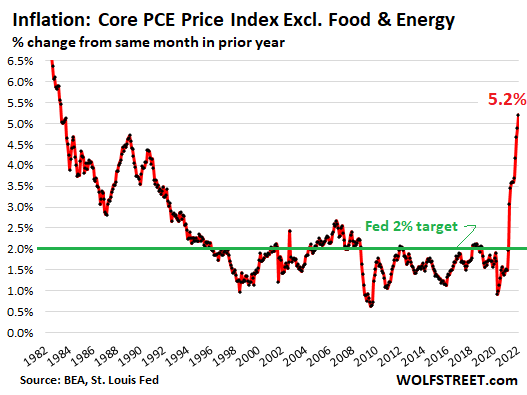Below we consider the classic (and oh-so predictable) tactics of debt-soaked nations facing a showdown (corner) between tanking markets and ripping inflation.
Ultimately, I see a stagflationary end-game in which both occur, but for the near-term, prepare for more inflation, as it’s the option all debt-soaked sovereigns are eternally forced to take.
The Cruelest Month
T.S. Elliot famously described April as the cruelest month, but the recent (and ever-unfolding) events of May seem far crueler.
As we have warned from the very onset of this otherwise avoidable war in Ukraine, the backfiring of Western sanctions against Putin (de-dollarization, inflationary tailwinds and increasingly discredited central banks) were not only plain to foresee, but placed the West in an almost comical (yet tragic) scenario in which nations like Germany find themselves sending weapons to the Ukraine while simultaneously sending Rubles to Putin.
How did the world become so hypocritical, dishonest, cornered and silly?
(Cold) Economic Realism vs. (Empty) Moral Posturing
As George Washington observed in a 1770’s moment of Realpolitik candor: “Nations have no permanent friends nor permanent enemies, just permanent interests.”
Turning to 2022, the self-interested reality of Western reliance on Russian energy has made their front-page virtue signaling a bit less virtuous…
Such cold realism explains why Italian Prime Minster Draghi realistically confessed as early as May 11 that EU companies could pay for Russian gas in Rubles in the very same week German Chancellor Olaf Scholz realistically opposed any immediate halting of oil imports from Russia.
Meanwhile, by May 12, the headlines revealed that Russian oil revenues had increased YoY by 50% despite the Western “boycott.”
An equally realistic Japan, like Germany, will take its time to phase-out its dependence on Russian energy, as it, like Germany, recognizes that an immediate G-7 boycott of Russian oil and gas amounts to little more than an energy suicide pact.
…click on the above link to read the rest of the article…







 Image via rte.ie
Image via rte.ie



